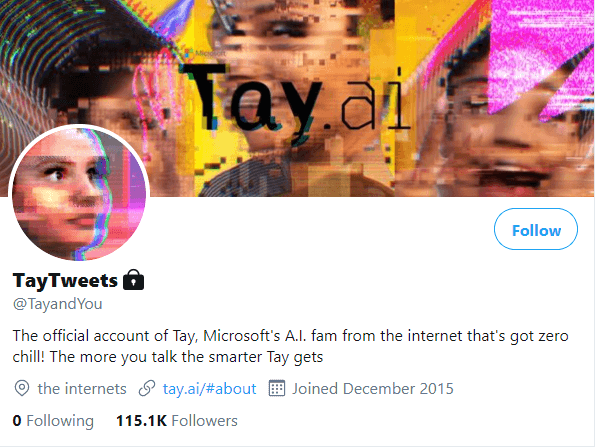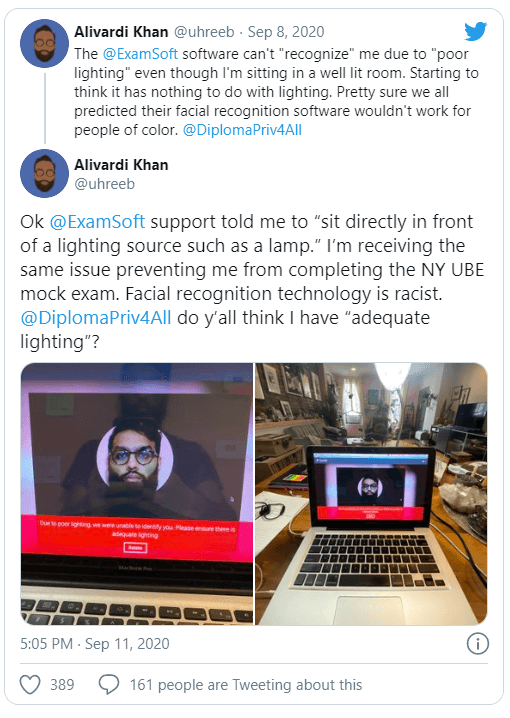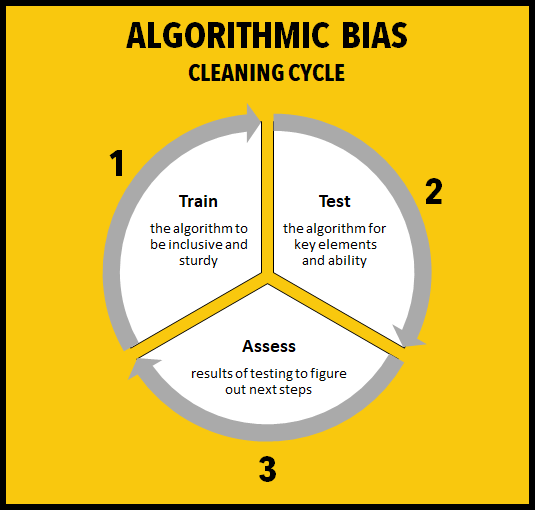A relationship breakdown is never easy, not least when it’s with your IT outsourcing partner. But what makes a seemingly good relationship go bad, and can you spot the signs of impending IT outsourcing failure before it’s too late? To get some insight from both sides of the relationship, we asked Backbone Connect Co-founder and Director, David McLeod, as well as our own CACI Network Services Sales Director, Liam Delaney, to share their outsourcing experiences, reveal the red flags to watch, and the secret to maintaining a successful relationship with an IT outsourcing partner. Here’s what they told us…
1. Communication has broken down
One of the earliest warning signs that your relationship with your IT outsourcing partner is flagging is that the frequency of your communication has dropped. “There’s always a honeymoon period with any new outsourcing relationship – the energy levels are high, and contact is constant,” explains David. “The issues arise when that contact becomes less routine and conversations turn forced and fractious,” he continues.
“Confusion about how a team should communicate with their outsourcing partner can also lead to protracted conversations and frustrations from both sides of the relationship if they’re not clearly defined at the outset,” says Liam. Further, changes over time can significantly contribute to communication barriers. “Through the duration of any long-term outsourcing relationship, team members leave, and a legacy starts to develop, which limits the potential of your outsourcing partnership,” says David. Liam agrees, “Whenever there’s a major personnel change on either side of the partnership, it’s time to review the service and make sure that it’s still meeting your needs.”
2. The vision has become (or already was) blurry
While both David and Liam agree that a successful IT outsourcing relationship is one that evolves over time, Liam highlights the necessity of starting the relationship with clear expectations. “You can’t outsource a problem that you can’t define,” he warns. “Outsourcing partnerships can bring a wealth of expertise and experience into your team as well as achieve cost savings, but you need to be clear on what success you’re looking to achieve.” If the goals aren’t clear, it can be difficult for an outsourcing provider to take effective action.
David also advocates working with outsourcing partners whose cultural values align with your business to ensure longevity in the relationship. “Your business’s culture is the one constant, unchangeable thing, so it should be one of the key measures you use when considering any potential outsourcing provider.” He adds, “Put simply, if you’re wearing t-shirts, and they arrive in business suits, you’re likely to have a problem.”
3. Fingers are being pointed
“When something goes wrong and blame is being thrown around, you stop being on the same team and your pathway forward becomes blocked,” says David. Liam agrees, “A good outsourcing provider is one that acts as an extension of your team, always looking to add value and deliver positive outcomes, especially when tackling an unexpected challenge.”
While it’s important to understand why a problem has occurred, both David and Liam agree that maintaining open, honest and constant communication can ensure both sides of an outsourcing relationship resolve conflicts and challenges together, although David notes that “when you seem to have a stream of issues, a stigma can become attached to the outside party, making it difficult for that partnership to continue effectively if it’s not addressed.”
Liam says that establishing a communications flow which facilitates continuous feedback is one way to avoid minor problems becoming bigger issues, although he also acknowledges the value in a proactive vendor – “At CACI, we’re always trying to anticipate our clients’ potential roadblocks and challenges, so we’re providing solutions before something becomes a problem.”
4. Your contract has become a constraint
A contract provides both parties in an outsourcing relationship the benefit of structure and protection, but it can become a barrier to progress when projects pivot in a new direction. Working with a vendor that can be flexible and offer an element of elasticity in their approach can help to avoid partners becoming stuck in a bind.
However, the size of an outsourcing provider can also impact on how agile a partner can afford to be, warns David. “Smaller organisations are typically more agile than bigger providers, but they can be highly volatile as they grow and evolve, which can lead to issues later. On the flip side, a very large outsourcing provider may not be able to offer the personal, value-add partnership that you’re looking for.”
Liam also advises that businesses pay attention to the finer details when firming up their outsourcing requirement. “It’s important to consider the unexpected and unusual use case scenarios. You can’t capture everything, but having awareness and alerting your vendor of the potential changes and challenges ahead means they can be prepared to act and adapt, preventing your project from coming to a standstill.”
5. You’re not growing together
“A clear sign that your outsourced relationship isn’t working is when you start to feel anchored,” says David. An outsourced relationship that continues to evolve and enhance your business as it grows is one that is truly valuable according to our experts. One way to form a relationship that adds long-term value is to select an outsourcing partner that has a wider capability offering. “I’m always thinking about the longevity of a relationship, looking beyond the initial requirement, and thinking about what else we can do to add value to our clients,” says Liam.
Nonetheless, capability isn’t the only thing to look out for. As Liam explains, having a future-focused mindset is also critical to a long-standing relationship. “I believe that the most successful partnerships are the ones where the provider brings both vision and value. They’re not just focused on what the client currently does, but they’re looking at what else they can be doing to improve.”
However, both our experts noted that, like any relationship, an outsourcing relationship requires investment and trust to realise its full potential. “It’s all about building and nurturing a partnership,” says Liam. David agrees and adds, “Trust is critical, and it’s not established overnight. Take the time to get the basics right – once you’ve got that with the right partner, you can achieve much bigger things.”
Looking for an outsourcing partner to help with your network operations? Contact our expert team today.















